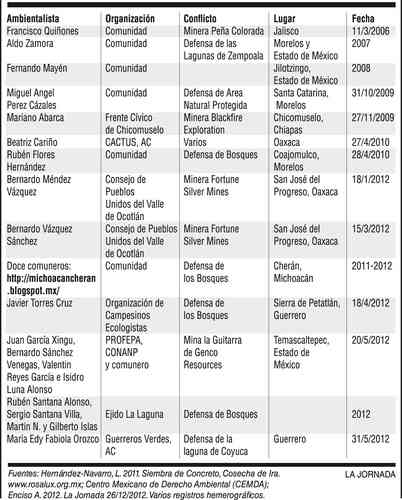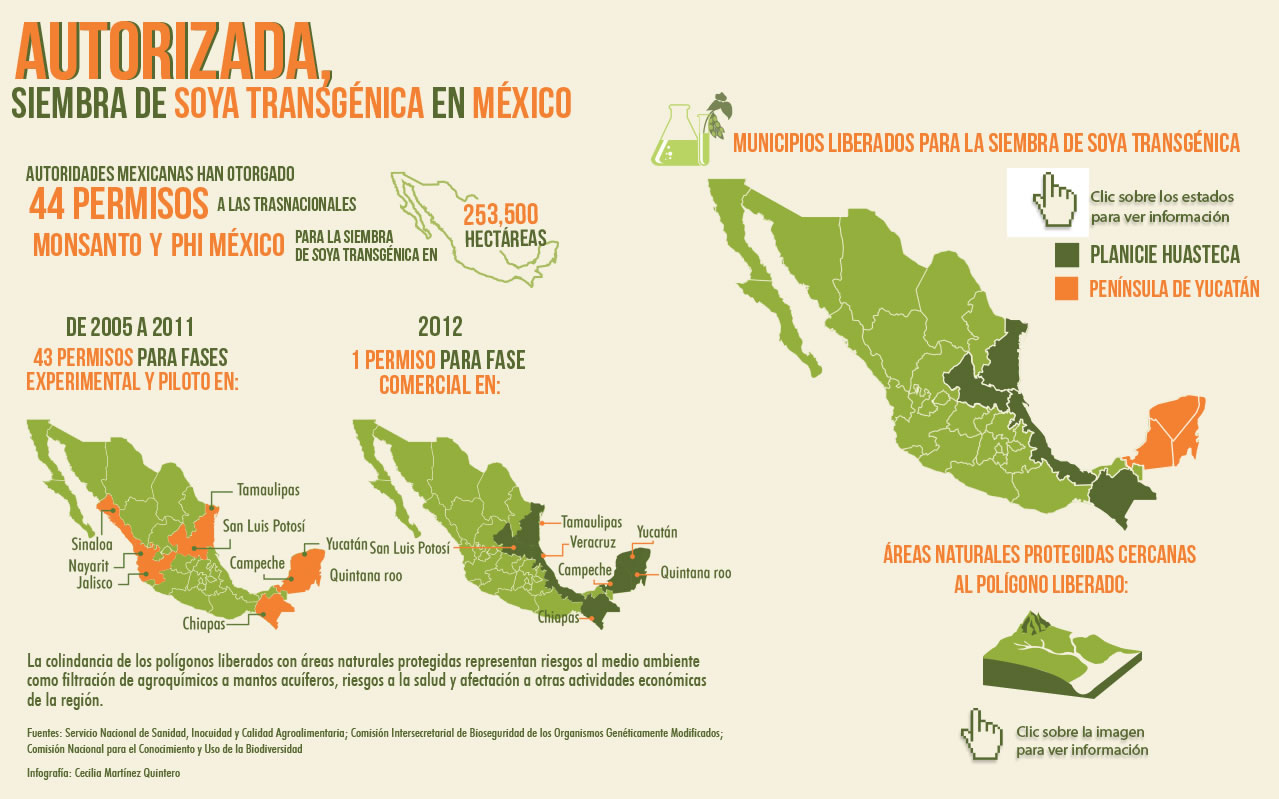Wal-Mart Move into Mexico Paying Off, Rivals Hurting
By Alexander Hanrath, Bloomberg News, February 8, 2004
Standing in his cramped stall in Mexico City’s Bugambilla market — a concrete building teeming with food, flowers, and household items — Jorge Llerena says his profit from selling beans and rice has dropped 5 percent in the past two years.
The reason: Customers he’s had for two decades are shopping at the Wal-Mart de Mexico SA supercenter five minutes away.
“Wal-Mart has a better range of products,” says Llerena, 52, rubbing his gray stubble in his 10-by-10-foot booth. “To keep business, we’ve had to sacrifice our profit margins.”
Llerena isn’t the only one whose profits are suffering. Wal- Mart’s three biggest rivals — supermarkets Organizacion Soriana SA, Controladora Comercial Mexicana SA, and Grupo Gigante SA –say their combined earnings plunged 42 percent to 2.7 billion pesos ($249 million) in 2002 from 4.6 billion pesos in 1999 as they tried to match Wal-Mart’s prices. In the same year, Wal-Mart de Mexico earned 4.9 billion pesos.
The world’s biggest company by sales set up shop in Mexico in 1991 with a Sam’s Club warehouse in Mexico City. Its early stores were 50-50 partnerships with Mexico’s biggest retailing chain, Cifra SA.
In 1996, Wal-Mart merged its Mexican stores into Cifra and paid $1.2 billion for a 62 percent stake in the new company, which it called Wal-Mart de Mexico.
Shares of Wal-Mart de Mexico, 38 percent of which trade on the Mexico City Stock Exchange, have more than doubled since the company’s creation. Now valued at $14 billion, Walmex, as it’s known, is Mexico’s third-biggest stock, behind Telefonos de Mexico SA and America Movil SA.
Since Wal-Mart moved in, everything from Mexico’s work force to the country’s inflation rate to the efficiency of suppliers has been affected. The company makes 92 percent of its purchases, or about $8 billion a year, in Mexico. That’s equal to 1.3 percent of Mexico’s gross domestic product.
Since 2001, Walmex has added 26,000 jobs. Mexico’s unemployment rate rose to a six-year high of 4 percent in August 2003. Today, Walmex is Mexico’s largest private employer, with about 101,000 workers. That compares with 38,000 at Organizacion Soriana, its closest competitor. During the same period, rival Controladora Comercial Mexicana shed 12 percent of its employees as it acquired a smaller rival.
For some job hunters, Walmex is the only game in town. “I looked for a job for a year and a half after leaving high school, and finally, I was happy to find this,” says Jocelyn Robles, 18, who was making $1 an hour stocking shelves for the Christmas season at Walmex’s supercenter in the Buenavista neighborhood of Mexico City. She says the pay is “OK” — similar to what her friends earn.
Walmex discourages its employees from joining unions. It pays an organization to negotiate collective contracts to comply with labor laws, says Marco Antonio Torres of the Center for Labor Studies. He says Walmex keeps the contracts on hand to meet legal requirements. Walmex says it acts in line with competitors.
Walmex has helped reduce Mexico’s inflation rate, says Edgar Amador, an economist at Stone & McCarthy Research Associates in Mexico City. That’s because goods that Walmex sells, such as Lala milk and Tia Rosa tortillas, account for 42 percent of the items the central bank uses to measure prices.
“One unknown ally of the central bank’s success against inflation has been Walmex,” Amador says. “It goes all the way down the chain to the producer.” In 2002, Walmex’s demands on suppliers led Mexico’s Federal Competition Commission to investigate what it called “monopolistic practices in self-service stores.” The commission was suspicious that Walmex was using its size to force suppliers to sell at better terms than to competing stores. On March 6, 2003, it ended the probe, saying there was no evidence of monopolistic practices.






